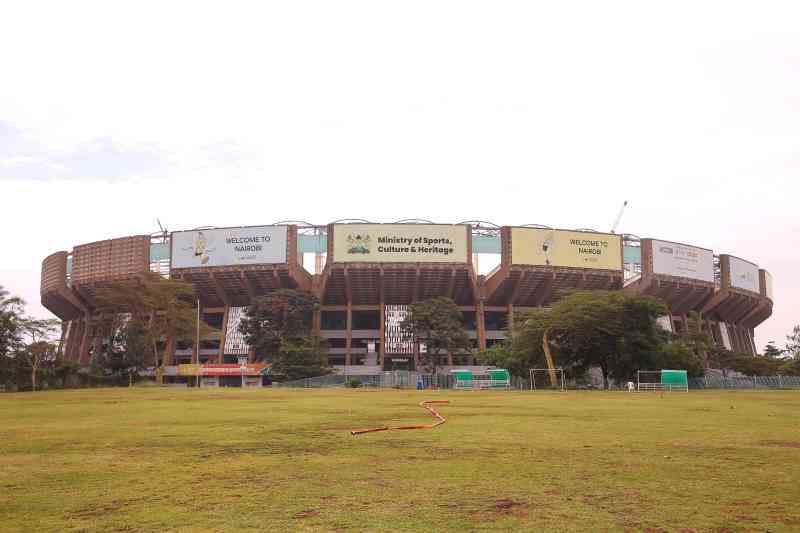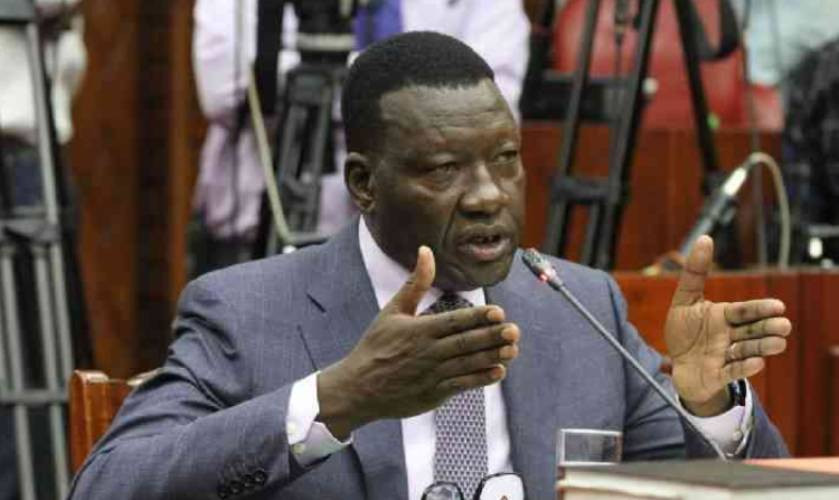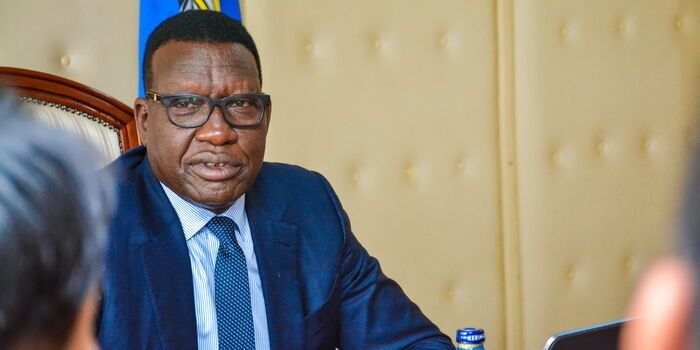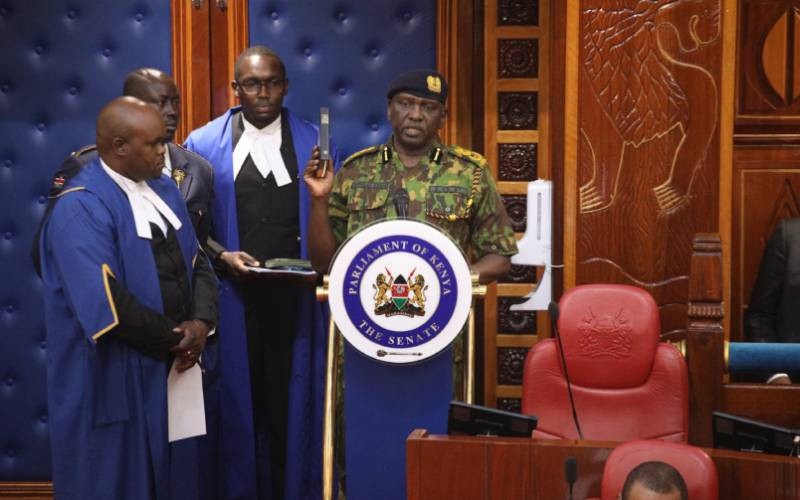What Is Securitisation, How Kenya Roads Board Uses It to Raise KSh 175b
Wycliffe Musalia has over six years of experience in financial, business, technology, climate, and health reporting, providing deep insights into Kenyan and global economic trends. He currently works as a business editor at .
In June 2025, the Ministry of Roads and Transport raised KSh 175 billion through the securitisation of KSh 7 billion from the Road Maintenance Levy (RML).

Source: Twitter
The Kenya Roads Board (KRB) said the money will be used to finance road projects and facilitate maintenance, reducing the burden for the exchequer.
Speaking exclusively to , associate director at Deloitte Kenya Fred Kimotho explained that securitisation is when you take an asset as security for investment funding.
"Securitisation is when you use your asset as security to gain funding for a certain project. In this case, KRB has raised funds for road development from lenders, and it will be paying KSh 7 from the RML, not from the exchequer, said Kimotho.
According to Transport Secretary (CS) Davis Chirchir, securitisation is a revenue-raising approach for any institution in need of predictable future income.
In a disclosure seen by , Chirchir explained that through securitisation, KRB will not take loans or wait for exchequer allocations or save before it can undertake any road development.
"Instead of taking a loan or waiting for funds to accumulate slowly over time, we bundle a portion of our expected cash flow (in this case, the KSh 7 from RML) and sell it to investors through a financial intermediary, typically called a Special Purpose Vehicle (SPV)," said Chirchir.
Chirchir referred to it as borrowing against your salary for the next few years, but using that money to pay off urgent obligations, without increasing your debt load.
The approach is the first ever undertaken by a public entity, the Kenya Roads Board (KRB).
KRB said the money will offload the over KSh 175 billion pending bills to contractors, and complete more than 580 road projects stalled across the country.
KRB needed a financing solution that would:
• Clear the backlog
• Unlock stalled development
• Avoid putting more pressure on the exchequer or public debt
KRB committed KSh 7 out of every KSh 25 per litre of fuel collected for the next ten years.

Source: UGC
Investors of the KSh 175 billion raised upfront will be repaid directly from the fuel levy and not from the government budget.
Securitisation does not appear on the national balance sheet. This means it will reduce pressure from the public debt, which currently stands at KSh 11 trillion.
KRB received the entire KSh 175 billion, allowing it to pay contractors who have been waiting for years, resume road projects that were paused, and stimulate jobs in the construction sector.
The Road Maintenance Levy is collected consistently through fuel sales. That predictability makes it ideal for securitisation, since investors can reasonably forecast future income streams.
The existing fuel levy remains unchanged. This is not a new tax, but a smarter use of an existing one.
5. Shifting risk to private sector
If fuel consumption drops or collection underperforms, investors, not the government, bear that risk.
Which other govt agencies can take securitisation?
Government agencies that face capital constraints but have steady, predictable income sources can levarage the mechanism to raise revenue.
These are:
KRB opined that Kenya’s public sector is under pressure to do more with less, but securitisation creates a transformative gateway.
"This model proves that government institutions do not always need more taxes or debt to solve funding problems," the disclosure continued in part.
Source: TUKO.co.ke











